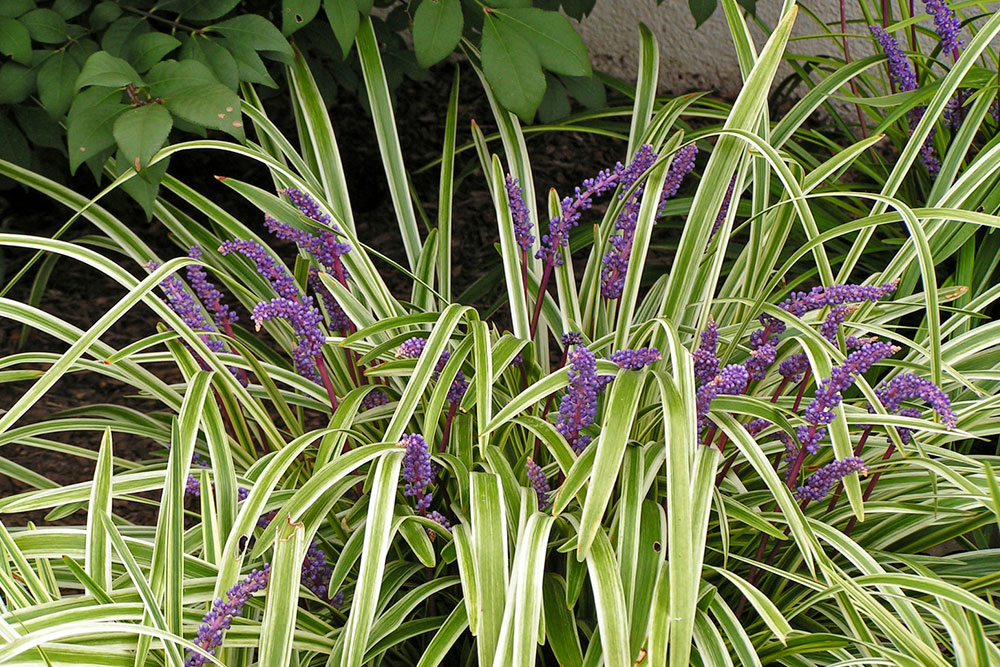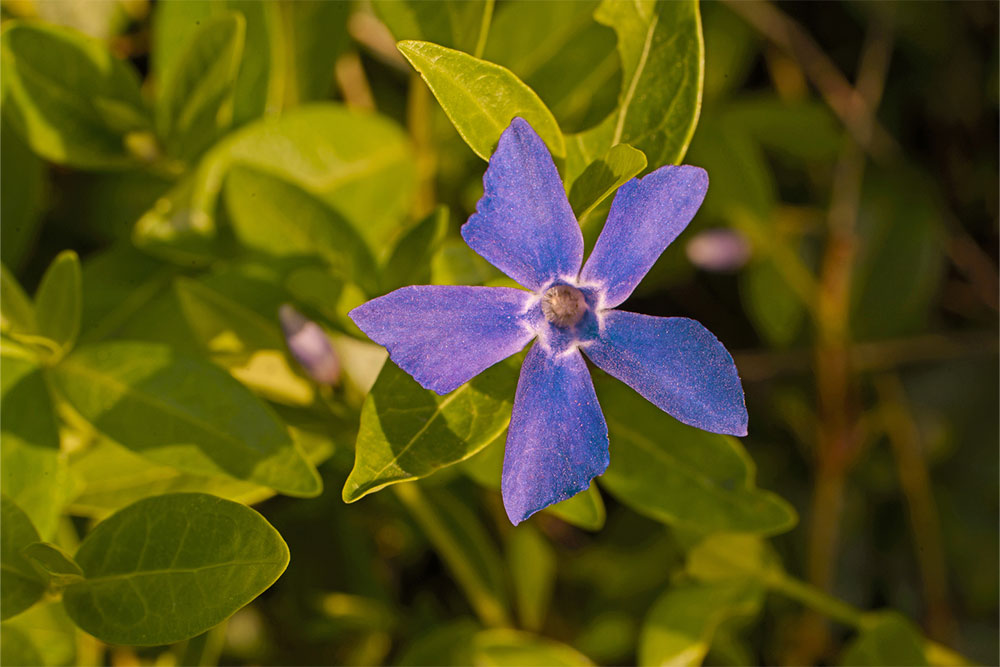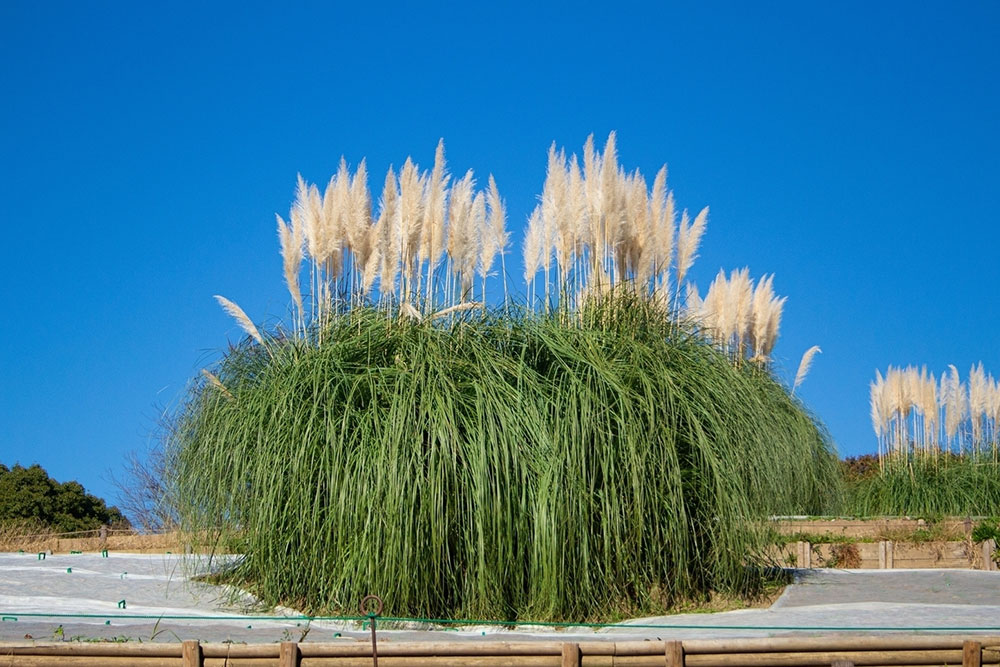Effective Strategies to Remove Fountain Grass from Your Landscape
Learn effective manual, chemical, and landscape strategies to control and remove fountain grass from your yard. Discover pruning tips and alternatives to prevent invasive spread, ensuring a beautiful and safe garden environment. Professional help is also available for efficient removal, tailored to your property’s needs.

Effective Strategies to Remove Fountain Grass from Your Landscape
Fountain grass ( Pennisetum alopecuroides ) is a perennial ornamental grass commonly found along roadside edges in woodland areas. It flourishes in full sunlight but can also grow reasonably well in shaded spots. Its seeds are dispersed through wind, water, and human activities. This rapidly growing grass can withstand drought conditions, spread aggressively, pose threats to native biodiversity, and increase fire hazards in its vicinity.
Three Simple Methods to Control Fountain Grass
1. Hand Removal
Manual removal is an accessible option, but the method depends on the size of the infestation.
Young plants and seedlings can be easily uprooted when the soil is moist. Removing young plants early prevents them from establishing deep roots and spreading further.
For taller plants, mow or cut back the grass to minimize volume. Use a spade, shovel, or garden fork to dig out the roots carefully.
Smothering the grass by cutting it down and covering with cardboard, newspaper, or plastic can prevent regrowth, as fountain grass relies on sunlight to survive.
Since it depends on sunlight, removing its access will inhibit its growth.
If conditions permit, controlled burning can be used cautiously to eliminate fountain grass, especially in dry regions. Ensure safety protocols are followed to prevent wildfires.
During manual removal, securely dispose of all plant material. Collect seed heads separately, cut, bag, and discard to prevent seed dispersal and future sprouting.
2. Replacing the Garden with Other Plants
Removing fountain grass disturbs soil stability and may lead to invasive regrowth. To counter this, plant competitive, bush-friendly species that establish strong roots, discouraging fountain grass from re-establishing itself.3. Chemical Herbicides
For faster results, chemical herbicides such as glyphosate are effective. Apply carefully, avoiding contact with desired plants, and preferably on dry, windless days. Follow manufacturer instructions for safety and effectiveness.Combining physical removal with herbicide treatment can enhance control. After mowing and clearing, applying pre-emergent herbicides can prevent seed germination. Always ensure herbicides are safe for nearby flora.
Professionals in landscaping services can also handle fountain grass removal efficiently. Costs vary based on yard size, extent of infestation, and location.
Pruning for Aesthetic and Safety
Regular pruning keeps fountain grass ornamental and prevents it from spreading uncontrollably. Prune just before new growth in spring, using sharp tools. Remove dead or matted foliage to ensure healthy growth, and maintain proper watering and soil nutrition. For non-invasive ornamental options, consider hybrids like Cenchrus advena.Note:
This website offers diverse, practical information across multiple categories. While our data aims to be accurate, users should verify details independently and consult professionals for specific issues. The site is not responsible for discrepancies or errors across external sources or for promotional schemes not covered here.









